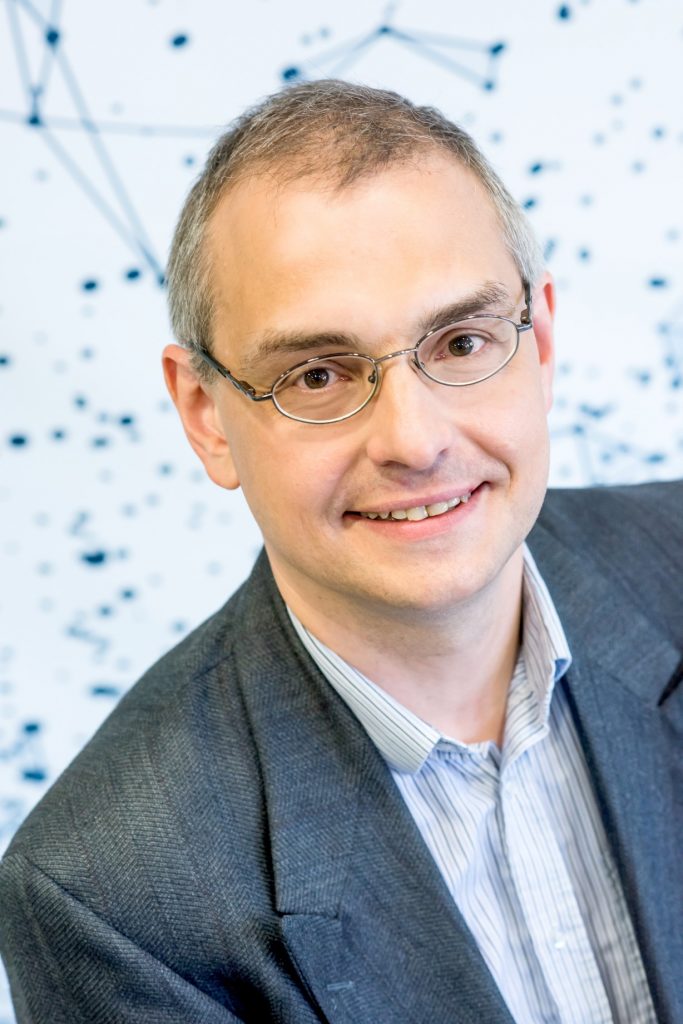
Ausschreibung 2021
Roland-Mittermeir-Preis
Prämierung der besten Diplom- bzw. Masterarbeiten aller Studien der Technischen Fakultät an der Universität Klagenfurt
Der Förderverein Technische Fakultät an der Universität Klagenfurt schreibt die Prämierung der besten Diplom- bzw. Masterarbeiten aller Studien der Technischen Fakultät an der Universität Klagenfurt des laufenden Studienjahres aus.
Der Preis besteht aus einer Urkunde und einer Prämie in Höhe von
EUR 1.500,–
Die Jury ist ermächtigt den Preis gegebenenfalls zwischen mehreren Diplom- bzw. Masterarbeiten zu teilen. Antragsberechtigt sind Absolventinnen und Absolventen aller Studienrichtungen der Technischen Fakultät der Universität Klagenfurt, die Mitglied beim Förderverein sind (Beitrittserklärung hier!) und deren Diplom- bzw. Masterarbeit mit “Sehr Gut” beurteilt wurde. D.h. AbsolventInnen der folgenden Masterstudien: Informatik, Informationsmanagement, Informationstechnik, Technische Mathematik bzw. Lehramtsstudien mit einem Unterrichtsfach der TEWI zugeordnet (sofern die Diplom- bzw. Masterarbeit einem dieser Unterrichtsfächer zuzuordnen ist).
Es werden nur Diplom- bzw. Masterarbeiten bewertet, die im Zeitraum vom 1. Januar 2021 bis zum 31. Dezember 2021 fertiggestellt wurden. Als Fertigstellungstermin gilt der Tag der Ausstellung des Gutachtens/Beurteilung (lt. ZEUS). Die Einreichfrist für die Verleihung des Preises endet am 31. Juni 2022.
Der Antrag ist beim Geschäftsführer des Förderverein Technische Fakultät an der Universität Klagenfurt einzureichen und soll folgendes beinhalten:
- Diplom- bzw. Masterarbeit (in elektronischer Form als PDF-Datei).
- Gutachten des Betreuers der Masterarbeit.
- Allfällige Software (oder Verweise auf existierende Software).
- Eine kurze Zusammenfassung (max. eine Seite), die so geschrieben sein soll, dass sie auch für Nicht-ExpertInnen verständlich ist!
Beurteilungskriterien für die Zuerkennung des Preises sind strikt fachlicher qualitätsbezogener Natur. Sie umfassen die Aspekte:
- wissenschaftlicher Gehalt,
- Innovationsgehalt und Umsetzbarkeit,
- Klarheit der Darstellung und Qualität der Ausführung.
Die Zuerkennung des Preises erfolgt durch eine Jury per Vorstandsbeschluß. Die Jury besteht i.a. aus:
- dem Obmann des Förderverein Technische Fakultät an der Universität Klagenfurt (Vorsitz),
- Vertretern der TEWI-Institute der Universität Klagenfurt und
- Vertretern der institutionellen Mitglieder des Förderverein Technische Fakultät an der Universität Klagenfurt.
Der Geschäftsführer des Förderverein Technische Fakultät an der Universität Klagenfurt kann zu den Sitzungen der Jury als nichtstimmberechtigtes Mitglied beigezogen werden. Die Sitzungen der Jury sind geschlossene Sitzungen und die Entscheidungen der Jury sind endgültig. Der Rechtsweg ist ausgeschlossen.
Die Preisverleihung findet üblicherweise im Rahmen einer TEWI-Veranstaltung statt.








